Should you use the card alphabet before the cut-out alphabet?
Shouldn't we show children the big, cut-out alphabet first? We say no!
Why? Because whenever we introduce a new activity, we want to isolate the difficulty. If we add one new challenge each time, we increase the chances that the child will succeed. When we use the cut-out alphabets, we're adding in several new difficulties all at once.

Isolating the challenge
The first time we introduce the alphabet, we want children to learn the magic of being able to write something: to express themselves with letters without making a sound! We are sharing with them the incredible power of written language so that they can have the possibility of written self-expression.
When we start with the large, cut-out alphabet letters, we may notice that alphabet work is not thriving in our room. Think about the obstacles the young child has to overcome to succeed with that alphabet:
-
The box is huge and unwieldy (for the first try, later, they love it)
-
They have to orientate the letters in 3-dimensions (a great challenge for later work)
-
They have to build phonograms or be DEPENDENT on the adult for dictating words that don't have phonograms

Some children will be able to jump into that level of challenge but many children will not. One of the strengths of the Montessori pedagogy is that it is careful to isolate the difficulty in each new lesson. For example, before we teach a child how to wash a table, we teach them how to use the apron, how to fill a pitcher, how to empty a pail, etc. When they have the fundamentals down, they are set-up for success.

Simplifying is the key
Luckily, there is a movable alphabet alternative that isolates the stimuli of building words and expressing ideas. We can use the card alphabet (pink/blue) alongside the phonogram alphabet (green). This approach works because it:
-
Matches the look of the sandpaper letters (making it easier to transfer that knowledge to these alphabet letters)
-
Frees the child to write anything they want to write because they have all of the key sounds of English in front of them (no need to build phonograms)
-
Empowers the children by using a smaller, child-size box
Freeing the child
The alphabet is designed to free the children so they can express THEIR ideas, not just write down what we suggest or the names of objects we have preselected (that may or may not interest them). If we introduce the alphabet as a tool for self-expression from the very beginning, then the children have the possibility of truly being independent with the alphabet. They can be confident that what they have to say is worth writing down and inspired to write like the wind.

Later, when they are confident with the card alphabet, they adore the added complexity of the large alphabet, its enormous box, orienting letters accurately, and building phonograms. If you can, you want to have both the card alphabets (use those first) and the cut-out alphabets (use those later).
What do you think? Please add your thoughts in the comments below. It takes a village!
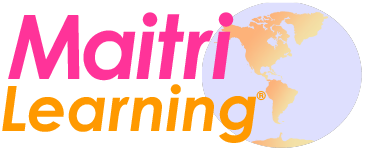

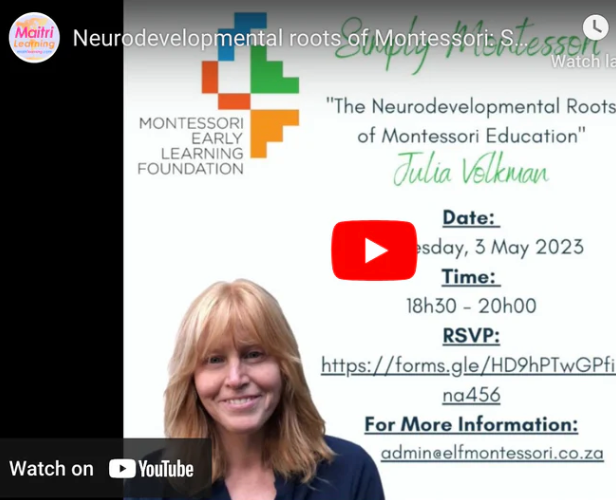

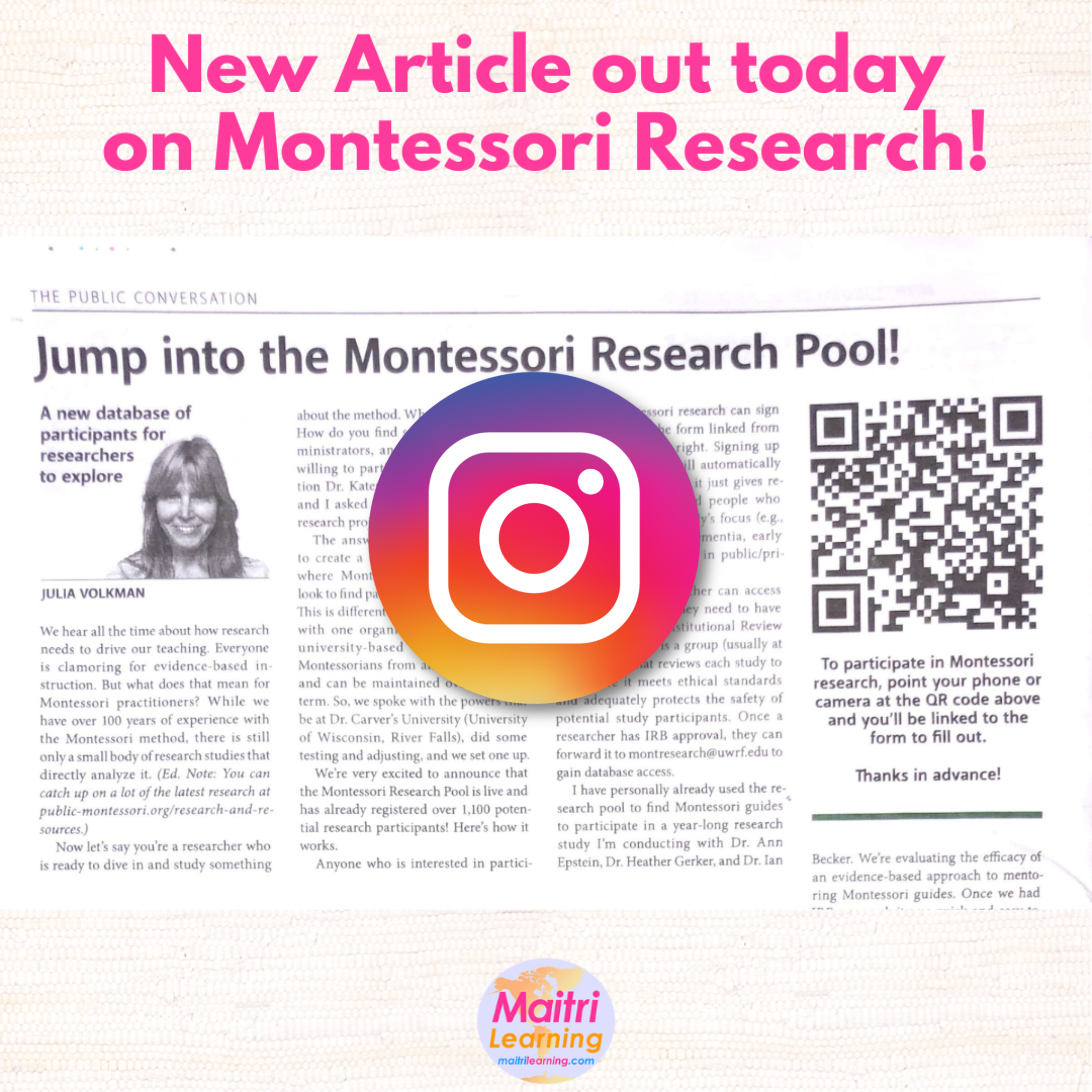

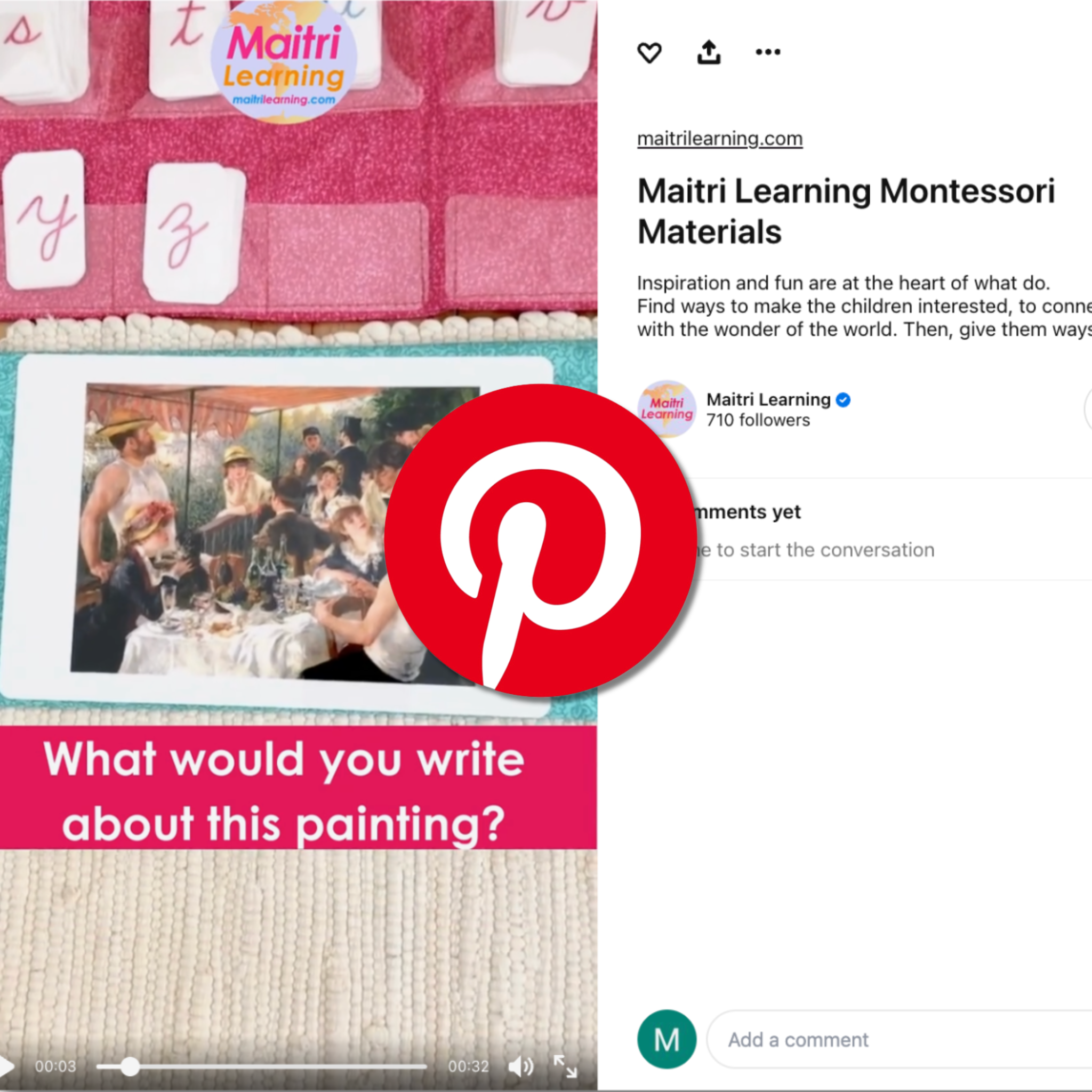
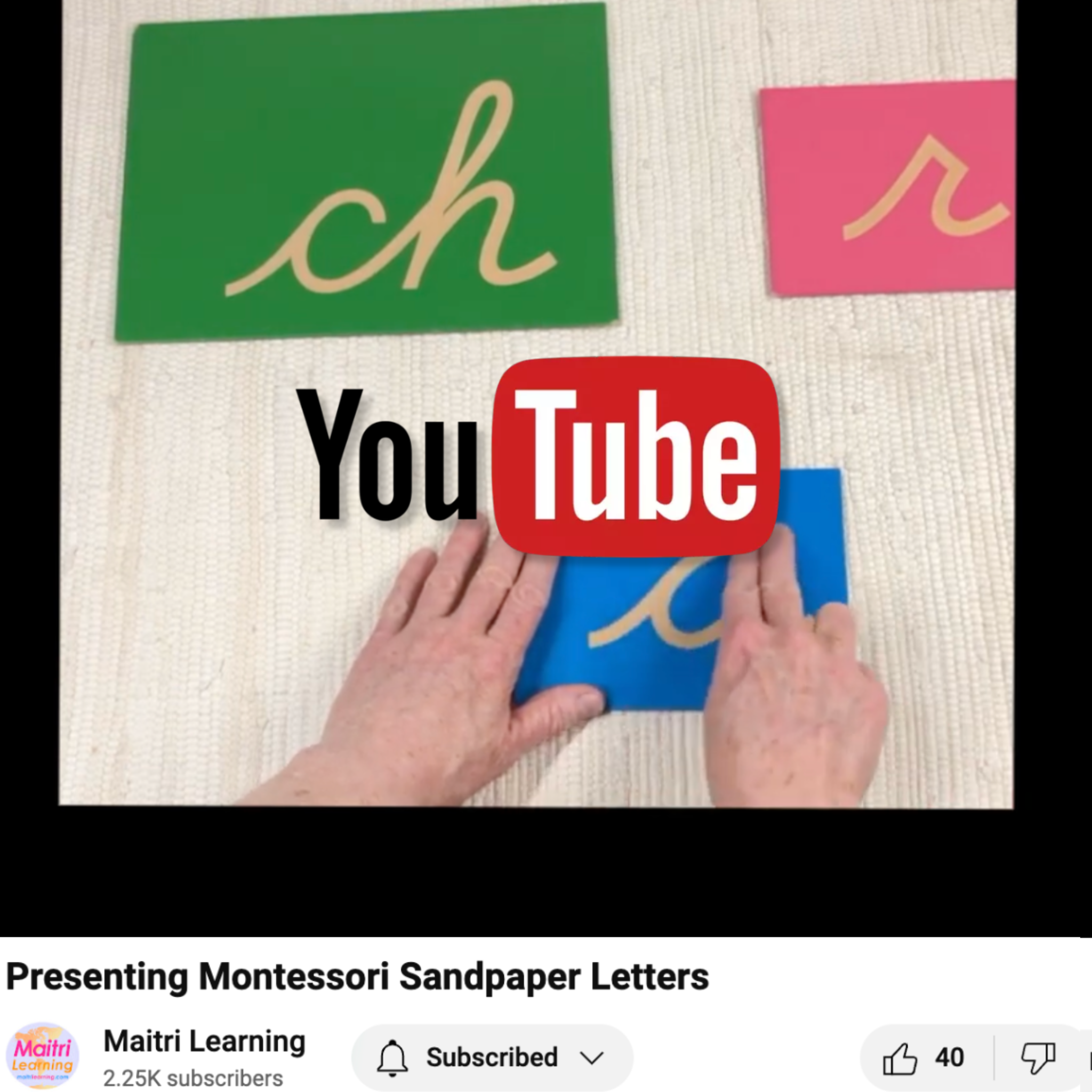
Leave a comment
This site is protected by hCaptcha and the hCaptcha Privacy Policy and Terms of Service apply.